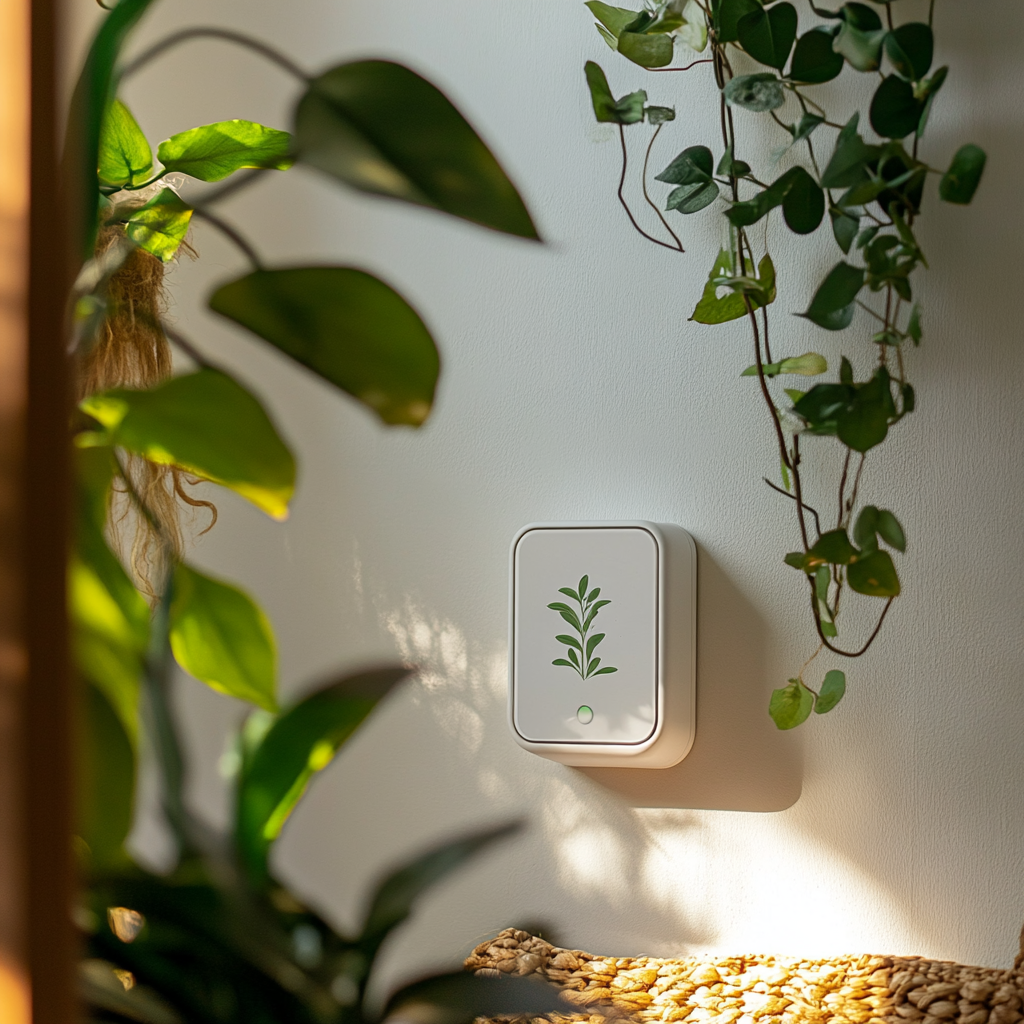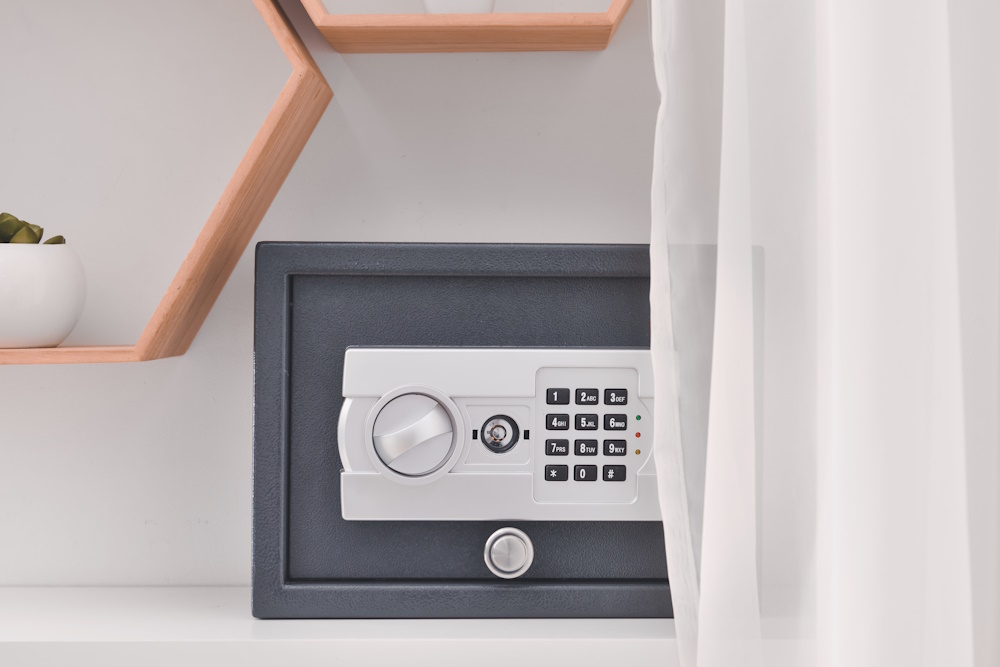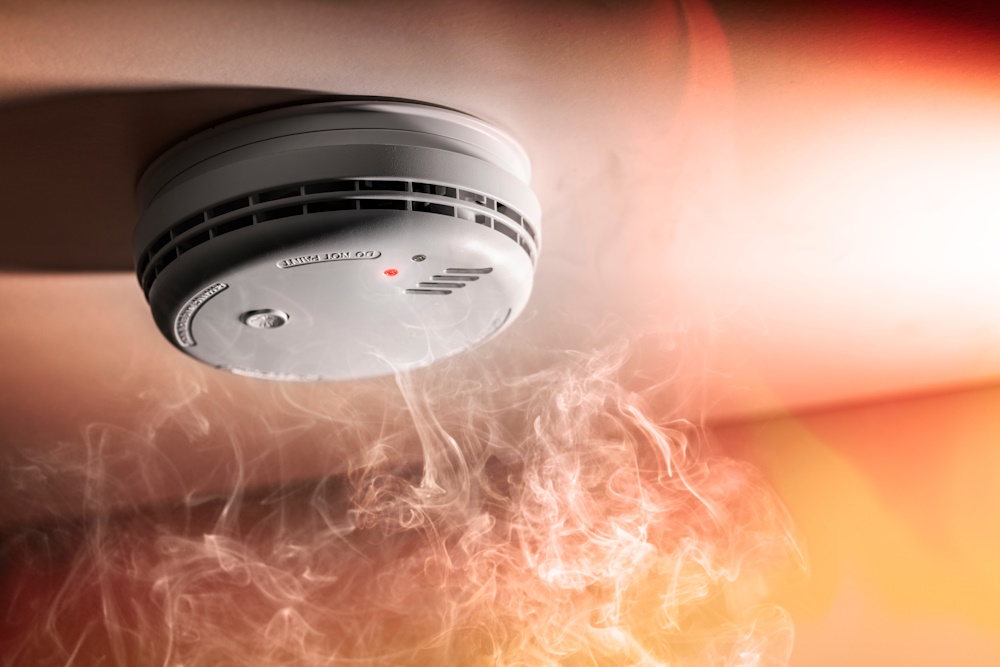Humans have a funny relationship with the idea of “fresh air.” We often say “I need some air,” or “I’m taking a walk to get some fresh air” when we’ve been cooped up indoors too long, and need to get outside. At the same time, many people live in locations where the outside air is more cough-inducing than the stuff we keep in our homes.
In fact, the only time people use the term “fresh air” without reservation is when they find themselves out in nature, far from the living spaces of other humans. Which is a bit of a problem, since we all have to sleep somewhere, and once we set up shop, that place stops being “uninhabited,” and we’re back where we started.
That’s a lot of armchair philosophy to say that we could all do with a little bit cleaner air in our homes. And it’s a lot easier to improve something if you’re monitoring it. So if you’re concerned about air quality in your home/office/illegal bingo gambling arena, snagging a premium indoor air quality monitor is a good place to start.
Why You Should Monitor Your Indoor Air Quality
For better or worse, there’s lots of things floating about in the air around us that we can’t really see or detect directly. Whether it’s something functionally invisible like carbon monoxide (CO), or just something that can become problematic before we’re likely to notice (like a natural gas leak), air can be pretty full of “stuff” for something we treat as equal to empty space.
Ideally, air quality would never be a problem, indoors or otherwise. But there’s plenty of things we do and products we use as humans that can decrease air quality, not to mention plenty of naturally occurring hazards and pollutants.
Organizations like the EPA monitor air quality on a larger scale in the name of public safety, and certain laws or regulations help ensure people are protected from urgent hazards (that’s why smoke detectors are required by building codes). But for many factors that impact air quality, it’s left to the individual to decide if and how they want to address them.
Not everyone is concerned with air quality, but some locations are at elevated risks for one pollutant or another. And some individuals are at greater risk of health complications when exposed, such as those with respiratory conditions and the elderly.
Knowing what’s in your air will allow you to respond accordingly to improve your indoor air quality, and to monitor whether your countermeasures are proving effective. And knowing what’s in the air means having an air quality monitor.
Indoor Pollutants: What to Watch Out For
There are a number of particulates, gases, and other less desirable materials that are commonly found in the cocktail we call “atmosphere.” And what’s monitored by a given device will vary, with some serving only one or a few monitoring functions and others providing broad-spectrum detection.
But per the Environmental Protection Agency (EPA), the most common materials worth monitoring for (and that detection units are built to monitor) include:
- Particular matter (which includes smoke and smog)
- Volatile organic compounds, or VOCs
- Formaldehyde
- Radon gas
The EPA also mentions carbon monoxide, but as an urgent safety concern, those are often addressed separately with CO monitors.
As for the others, they tend to present less immediate risks, often with issues developing over time. Depending on the pollutant, the level and duration of exposure, the individual and their health risk profile, and a lot of other factors, the possible risks include everything from ongoing respiratory irritation, to increased lung cancer risk, and beyond.
In short, monitoring for these is not required, but it’s certainly worth thinking about.
What an Indoor Air Quality Monitor Measures
A given air quality monitor model will specify what it can detect, but it’s common for them to be capable of detecting quite a few types of pollutants, such as:
- The whole list above (particulate matter, VOCs, formaldehyde, radon)
- Carbon monoxide (CO) and carbon dioxide (CO2)
- Additional environmental factors, such as temperature, humidity, etc.
It’s important to note, however, that while many monitors can detect things like smoke and CO, they aren’t typically designed for use as the primary detection method for these hazards. As such, they don’t sound alarms usually, just provide some kind of alert or report. So don’t expect them to wake you in the night if there’s a fire.
How to Use an Air Quality Monitor Effectively
Start with Research
Just as with CO and smoke detectors, there are a few considerations to keep in mind when using an indoor air monitor if you want it to function optimally. They’re a little different than their alarm-generating counterparts, though, and that’s relevant to this discussion.
The monitors you can pick up at a hardware store are different from the technology the EPA uses. In fact, to distinguish between their regulatory monitoring network, and the consumer-grade products that people use in their own homes, they refer to the latter as “low-cost air pollution monitors.”
What does this mean for you? For one, low-cost monitors aren’t subject to very many regulations. As a result, you’ll find plenty of variation across manufacturers, brands, and models regarding details like sensitivity thresholds, product lifespans and replacement schedules, installation and placement instructions, and more.
Beyond that, a lack of regulation also means a lack of evaluation. The same way an herbal supplement might claim something impressive on the label without FDA research to back it up, air quality monitors might not be verified on their claims of accuracy and precision.
That being said, there have been some less official independent evaluations conducted by various organizations (the EPA included) on some of these products. And while most of these tests were performed on outdoor air conditions, and may not be fully indicative of their indoor performance, it’s a start.
You’ll find a list of some of these studies on the EPA’s site, if you don’t want to go hunting for them yourself. We recommend starting your search for a device here, as it’s probably your best option for reliably vetting your candidates. (Note: some low-cost monitors are specifically labeled as “outdoor,” while others are indicated for indoor, or indoor/outdoor use).
Follow the Manufacturer’s Instructions
Once you’ve found a reliable device, you’ll want to refer to the manual, as mentioned above. The manufacturer is usually the best source of information if you want the product to work as intended, and the manual will provide guidance on:
- Where and how to install the monitor
- How to maintain the device, and how often to perform maintenance
- When to the device, as well as batteries and other components (if relevant)
- How to operate and read the device
- How to avoid false positives and false negatives
Again, there’s not much we can provide here that’s specific, because of how different the details are, from model to model. Unfortunately, this particular step is entirely on your shoulders.
Respond to Air Quality Alerts Appropriately
With no official or standardized system for evaluating indoor air quality monitors, and with no official standards regarding how measurements are made, what threshold limits should be, or what constitutes tolerable levels for indoor air…you might be wondering if it’s even worth it to get one.
That’s a valid question, and there’s not a clear-cut answer here. But there is still value in knowing what the air quality of your home is, and in monitoring that air quality over time.
If you have an idea of what constitutes “normal” for your home, you can tell if things are improving or getting worse. You’ll notice when there’s a drastic change. And you can more easily make decisions about how to maintain or improve the air quality of your home.
In the end, though, the air quality alerts you get are just a starting point. If readings show unusually high concentrations of a given pollutant, that’s your cue to follow up with a more targeted investigation, using more dedicated and precise testing. Once you’ve confirmed that a hazard is present, you’ll need to follow the protocol and best practices for that material.
We know there’s some vagueness to all of this, and that it might be less exact than you’re hoping. Monitoring your indoor air quality can still be beneficial for your household, though. These products can serve as a method of early detection, allowing you to recognize possible risks before you otherwise would. And with chronic risks like these, it’s better “early” than “never.”
Top Indoor Air Quality Monitors
To send us off, here’s a quick and dirty list of top indoor air quality monitors to choose from:
- Best Premium Option: IQAir Air Quality Monitor
- Best Indoor/Outdoor Option: Airthings 2960 View Plus
- Best Affordable Option: 5-in-1 Professional Indoor Air Quality Monitor
At Homeowner.org, we’re here to guide you along the way in your journey regarding all things related to buying, owning, and loving your home. Check out our site for more today.



